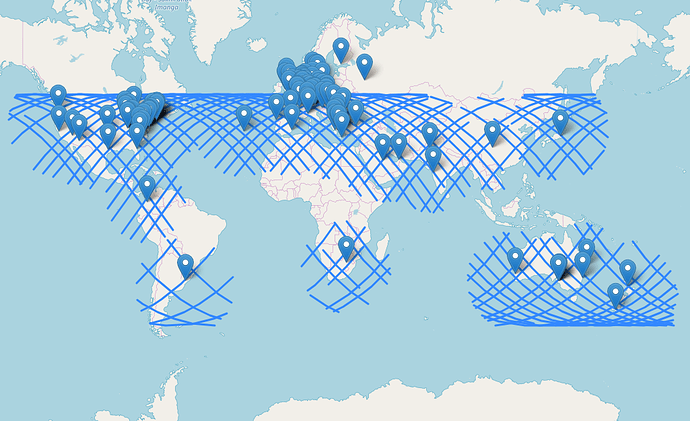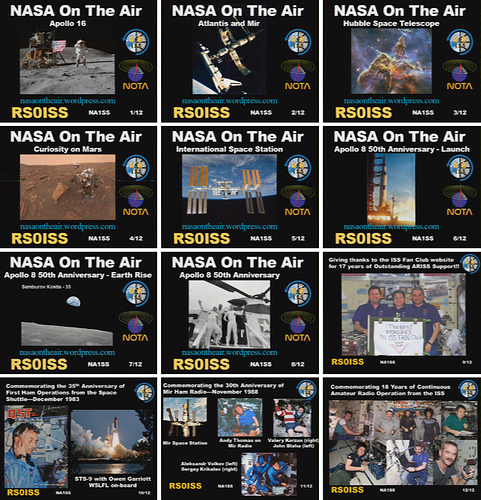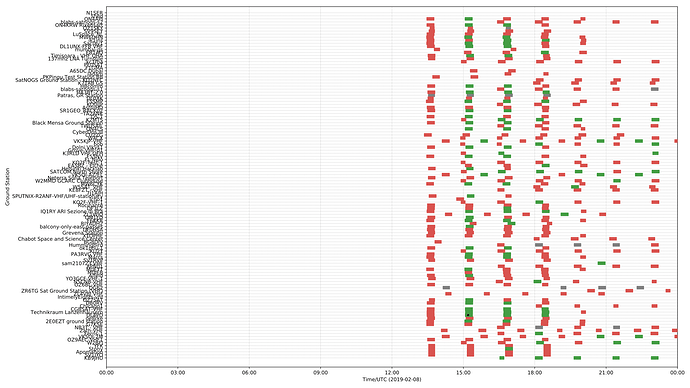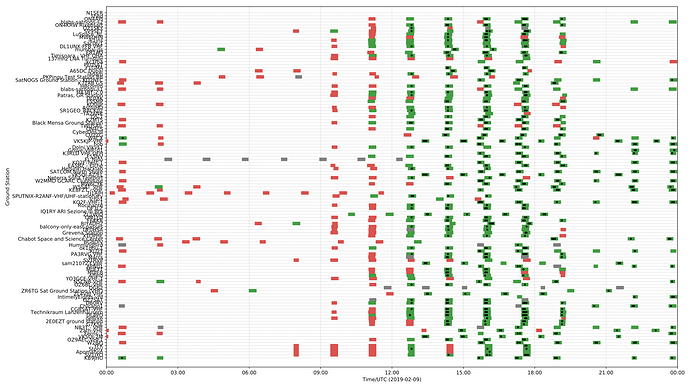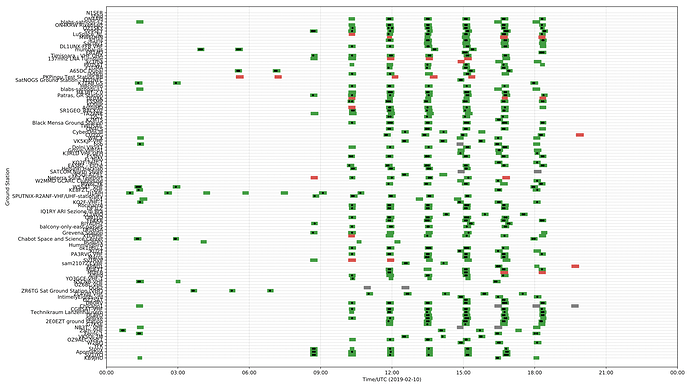Announcement from ARISS SSTV blogspot:
Click for the announcement
ARISS is planning another of their popular Slow Scan Television (SSTV) experiment events. Transmissions are scheduled to begin Friday, Feb. 8 at 18:25 UTC and run through Sunday, Feb. 10 at 18:30 UTC. SSTV operations is a process by which images are sent from the International Space Station (ISS) via ham radio and received by ham operators, shortwave listeners and other radio enthusiasts on Earth, similar to pictures shared on cell phones using twitter or instagram.
When this event becomes active, SSTV images will be transmitted from the ISS at the frequency of 145.80 MHz using the SSTV mode of PD120 and can be received using ham radio equipment as simple as a 2 meter handheld radio or a common shortwave or scanner receiver the covers the 2 meter ham band. After connecting the audio output of the radio receiver to the audio input of a computer running free software such as MMSSTV, the SSTV images can be displayed.
Transmissions will consist of eight NASA On The Air (NOTA)
images (see https://nasaontheair.wordpress.com/). In additional, four ARISS commemorative images will also be included.
Once received, Images can be posted and viewed by the public at Welcome to the ARISS SSTV gallery . In addition, you can receive a special SSTV ARISS Award for posting your image. Once the event begins, see details at https://ariss.pzk.org.pl/sstv/ .
Please note that the event is dependent on other activities, schedules and crew responsibilities on the ISS and are subject to change at any time. Please check for news and the most current information on the AMSAT.org and ARISS.org websites, the AMSAT-BB@amsat.org, the ARISS facebook at Amateur Radio On The International Space Station (ARISS) and ARISS twitter @ARISS_status.
About ARISS
Amateur Radio on the International Space Station (ARISS) is a cooperative venture of international amateur radio societies and the space agencies that support the International Space Station (ISS). In the United States, sponsors are the Radio Amateur Satellite Corporation (AMSAT), the American Radio Relay League (ARRL), the Center for the Advancement of Science in space (CASIS) and National Aeronautics and Space Administration (NASA). The primary goal of ARISS is to promote exploration of science, technology, engineering, and mathematics (STEM) topics by organizing scheduled contacts via amateur radio between crew members aboard the ISS and students in classrooms or public forms. Before and during these radio contacts, students, educators, parents, and communities learn about space, space technologies, and amateur radio. For more information, see www.ariss.org.
Feb 4 Update***
Setup and activation is now 14:00 UTC.
Recap from ARISS SSTV blogspot:
The first 24 hours or so had very low signal strength from ISS. Crew was asked to check the setup and nothing appeared out of the ordinary. A reboot of the system yielded no change. The next day the crew member rechecked all the connections and feed lines. Somewhere in that process the signal returned to normal levels. Below is a link to DK3WN’s website where he has examples of all 12 images that were sent from the ISS. DK3WN SatBlog - ...it's all about one thing
Satnogs Stats:
In parenthesis the values after signal power fix at ~2019-02-09 12:00 UTC
- Total duration of the event: 2d 4h 30min (1d 6h 30min)
- Total coverage (good observations with or without decoded data) from satnogs network: 19h 4min 5s (14h 24min 8s) which is ~36.32% (~47.22%) of the total announced event time.
- Total time of observations (includes overlapped observations): 6d 12h 16min 34s (5d 12h 47min 35s)
- Total satnogs observations vetted as good: 956 (822)
- Total satnogs observations with images decoded: 659 (656) observations with 1122 (1119) images decoded which is ~1.7 (~1.71) decoded images per observation
The observations can be found at the network.
The map showing all participating stations listed above and the ground track during the observations:
A collage of the best received images:
Coverage diagrams that include also bad and failed observations:
Legend:
green: good observation
red: bad observation
grey: failed observation
black marker: decoded image
Diagrams and maps are created using code from @kerel’s repo.
